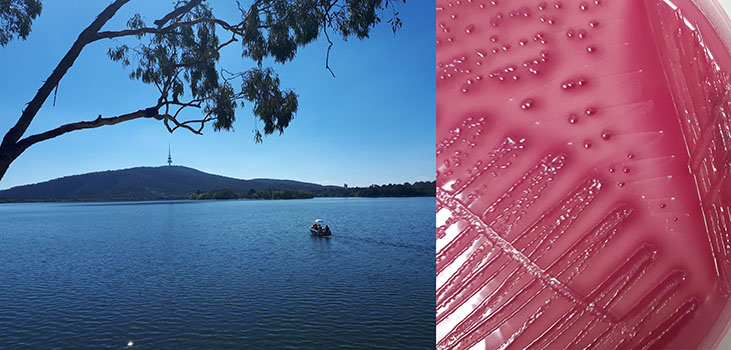E&E PhD Exit Seminar: Genotypic and phenotypic characteristics of Escherichia coli bloom strains
Speakers
Event series
Content navigation
Description

E. coli is widely used as an indicator of faecal contamination of water. The assumptions that it is unable to multiply outside a host and is not present in the absence of faecal contamination are among the criteria used for its selection as an indicator. However, a growing body of evidence suggests that E. coli can not only survive for long periods but also multiply outside a host, confounding its use as an ideal water quality indicator. E. coli strains that produce significantly elevated counts have been a regular occurrence in freshwater reservoirs and recreational lakes in Australia. These strains, termed E. coli bloom strains, belong to E. coli phylogenetic groups A and B1, and they all carry a capsule originating from Klebsiella. The elevated counts indicate that the bloom strains have a growth advantage and are able to outcompete the other co-occurring E. coli.
In my PhD I attempted to genotypically and phenotypically characterise these E. coli bloom strains. This included looking at key traits that could confer a growth rate advantage and hence a bloom status on an E. coli strain. As all bloom strains are encapsulated, the diversity and distribution of Klebsiella capsules in E. coli overall was investigated. In this talk I will discuss how important or not the capsule and other traits are for the bloom strains.
Location
Eucalyptus Seminar Room (S2.05), Level 2, RN Robertson Building (46), ANU
